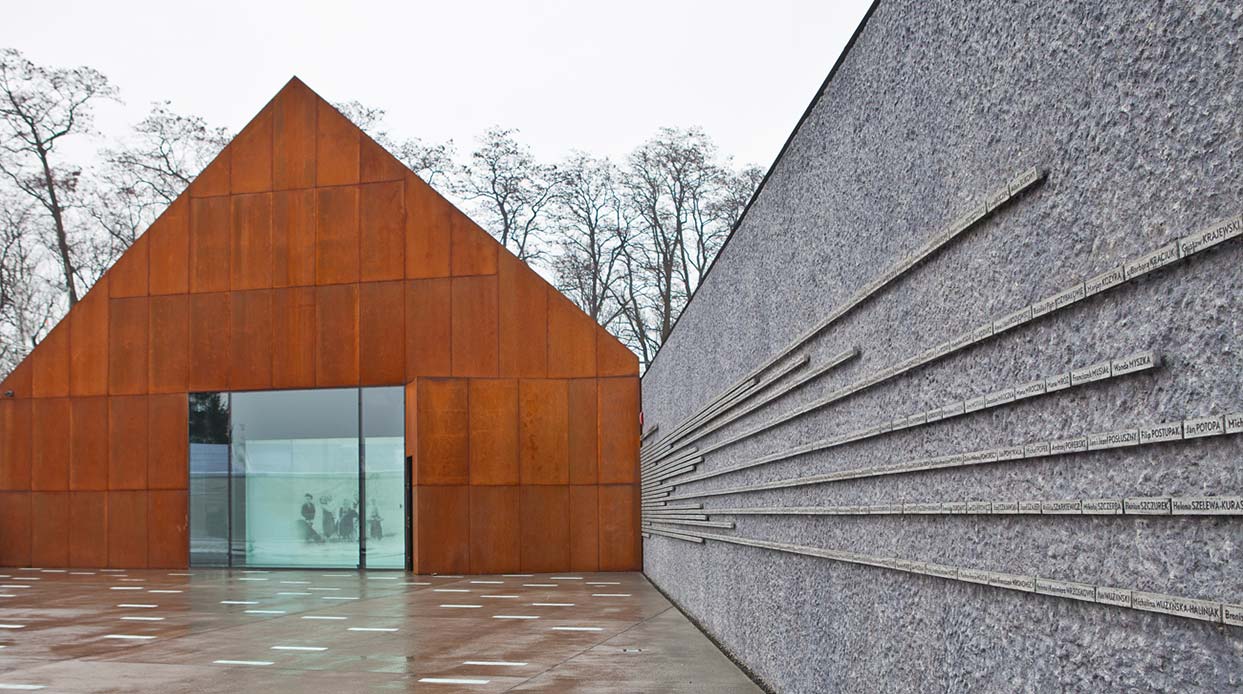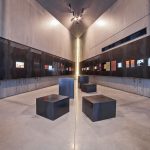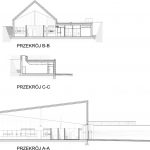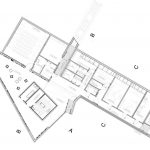Nizio Design International
The Ulma Family Museum of Poles Saving Jewish People during World War II in Markowa is Poland's first institution commemorating Poles

Nizio Design International
Ulma Family Museum
-
Location
:Markowa, Poland
-
Project title
:The Ulma Family Museum of Poles Saving Jewish People in World War II
-
Architecture office
:Nizio Design International
-
Author
:Mirosław Nizio
-
Team – architecture
:Mariusz Niemiec, Bartłomiej Terlikowski, Agnieszka Czmut, Witold Skarzyński, Andrzej Koper, Anna Derach
-
Team – interior architecture
:Natalia Romik, Agnieszka Czmut, Katarzyna Okraszewska
-
Landscape architecture
:Studio Architektury Krajobrazu Viretum Agnieszka Michalska
-
Investor
:Muzeum – Zamek w Łańcucie
-
Site area
:4 001 sqm
-
Built area
:626,80 sqm
-
Net floor area
512,76 sqm
-
Gross floor area
654,70 sqm
-
Completion
:2016
-
Photographs
:Nizio Design International / Lech Kwartowicz
The Ulma Family Museum of Poles Saving Jewish People during World War II in Markowa is Poland’s first institution commemorating Poles who helped Jews. Within the museum’s layout composition it is not only the form, but all the other elements, too, such as texture and material, that are to express the content related to the museum’s message.
The minimalist, abstract architectural forms that have been applied here trigger certain feelings in visitors. The ascetic shape of the building is reminiscent of a house. The symbolic vision of home, which is associated with love and security, was confronted by the designers with compositional forms that express anxiety and threat. The building of reinforced concrete has façades clad in weathering steel sheets which develop a rust‑like appearance indicative of the passage of time. With the architectural form being recessed in the terrain and with the materials used, the building blends in with the surroundings and amalgamates with them. For becoming a part of the context of the village and the broader history it reminds visitors of the history and life of the pre‑war Markowa. Not only does it refer to the time of the Shoah, but also reveals the unchanging nature of being, against the odds of fate and history.
The partially glazed façade of the museum is a gate that is simplified to the form of a sign. Inside the museum there is twilight, illuminated by the glow of light coming from the heart of the building, which is a glass cuboid symbolising the home of Józef and Wiktoria Ulma, as well as the homes of thousands of Poles who risked their lives to help the Jews. The exhibits include the original furniture, woodworking shop, beehive, books, Józef Ulma’s cameras and family documents.
The interior of the Museum is kept in simple and monumental poetics of concrete walls. Its culmination – at the back of the exhibition room – is the illuminated vertical and sharp gap which symbolises the narrow gate that leads through the incomprehensible area of death.
The sharp wedge‑shaped structure of the building cuts into the terrain behind the house, where the designers have located the Memory Orchard planted with apple, pear, and plum trees and which refers both to Józef Ulma’s orchard and the Olive Garden of the Righteous at Yad Vashem. On the monumental wall adjacent to the plane of the yard symbolising a cross‑section of the soil are placed sandblasted granite plaques featuring the names of the Poles who saved Jews.
Then, «embedded» in the very plane of the yard are highlighted plaques with the names of those who lost their lives for saving Jews.
 Romană
Romană English
English












